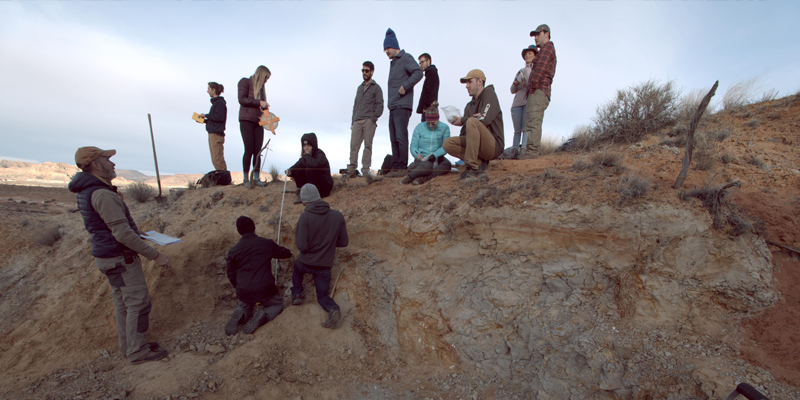Landscape Dynamics, Paleoclimate & Paleoecology Research

Landscapes evolve in response to geologic forces, climate variability, and natural and anthropogenic disturbances. Research by faculty and students in ESS investigates landscape responses to climate change and disturbance over time, and the factors that cause climate and landscape change. This research includes the study of landforms, glaciers, vegetation, and disturbance events through field-based observation, remote sensing, computer models, and laboratory analyses. The slow rate of many natural processes and the lag time between disturbance and visible landscape response often makes real-time observation challenging or impossible, but evidence for environmental changes can be found in sedimentary archives such as lake sediments, caves, and glacial ice. By understanding how natural systems have responded in the past, we can better predict, mitigate, and adapt to future change.
Landscape Dynamics, Paleoclimate & Paleoecology Faculty
Associate Professor
Past and present climate change, paleoecology, environmental modeling, data mining and analysis.
Professor
Geomorphology, Stratigraphy, Sedimentology, Geoarchaeology, Arid Lands, Petroleum Geology
Professor, Curator of the Garrett Herbarium (Utah Museum of Natural History), and Power Paleoecology Lab Director
Vegetation History, Historical Biogeography, Fire, Paleoecology and Paleoclimatology

Assistant Professor
Associate Director, RED Lab
Director, Sustainability Education
Paleoecology, Environmental Science


